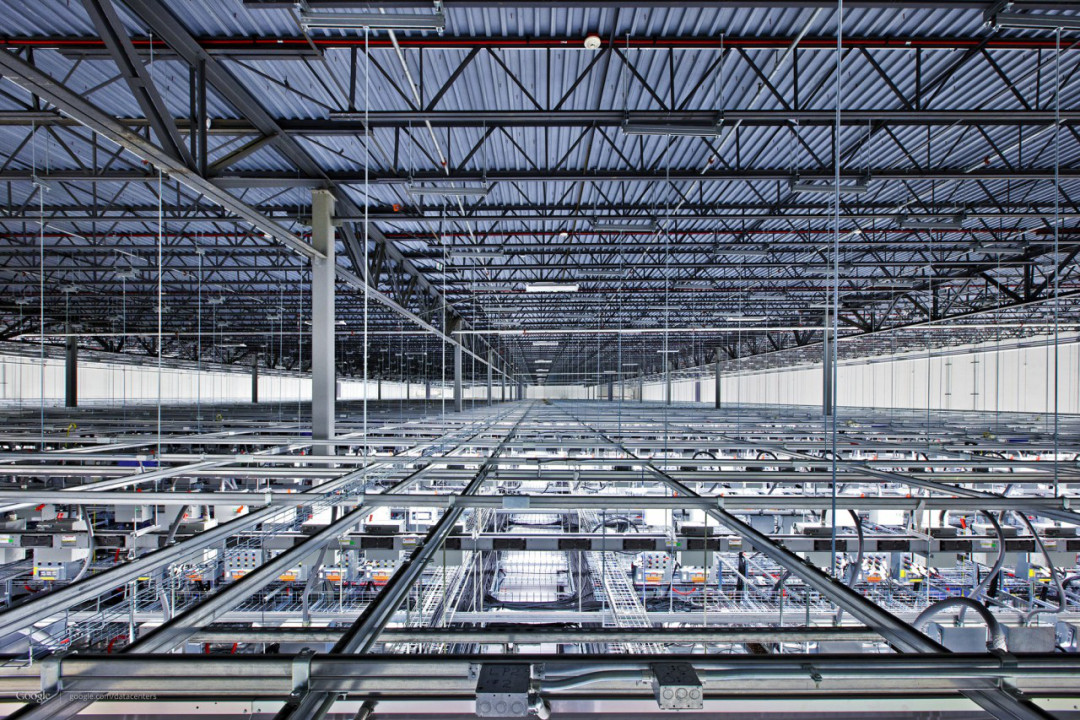Overheard At Interop, Day 4
Get the inside scoop on Interop Las Vegas.
The Changing Role Of The Network Engineer
Interop puts spotlight on how the job of a networking pro is evolving as software takes center stage.
Setting Up DC Fabric Simulation With OpenSwitch and GNS3

Note: This article was originally published here.
In the previous post I covered the basics about setting up the OpenSwitch Appliance using GNS3. The setup was fairly simple: two switches connected to each other and exchanging LLDP packets. In this post we will setup a more elaborate network to simulate a DC fabric (although it may be a bit overkill of a setup). The setup will be the basis for the next posts about configuring this fabric using Ansible.
One of the first questions when setting up a complex topology with GNS3 that most people will do is: how do I connect it to the external world outside of the simulation? For VirtualBox machines that we are using, the options are limited. The one I found to work reliably across platforms was to use a NAT connection. This has the disadvantage that we have limited connectivity from the external world toward the internal network, but this could be also a security advantage to prevent accidental propagation of control protocols from our simulated environment.
Since the purpose of this lab is going to be to play with Ansible, we are going to need a Linux machine to run it. So, we will setup the following Continue reading
Open Source SDN: The Enterprise Impact
Interop keynote panelists advocate corporate commitment to a major IT culture shift.
Arista Will Ramp Manufacturing in the U.S.
 Cisco's patent lawsuits played a role in the decision.
Cisco's patent lawsuits played a role in the decision.
Colt to Offer Cloud Management Services From Siaras
 It provides a cloud of clouds, says Siaras.
It provides a cloud of clouds, says Siaras.